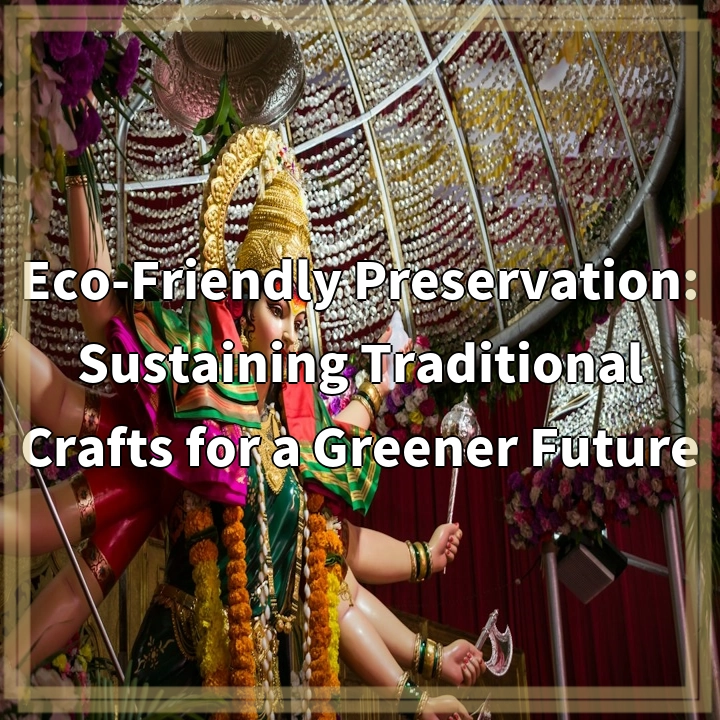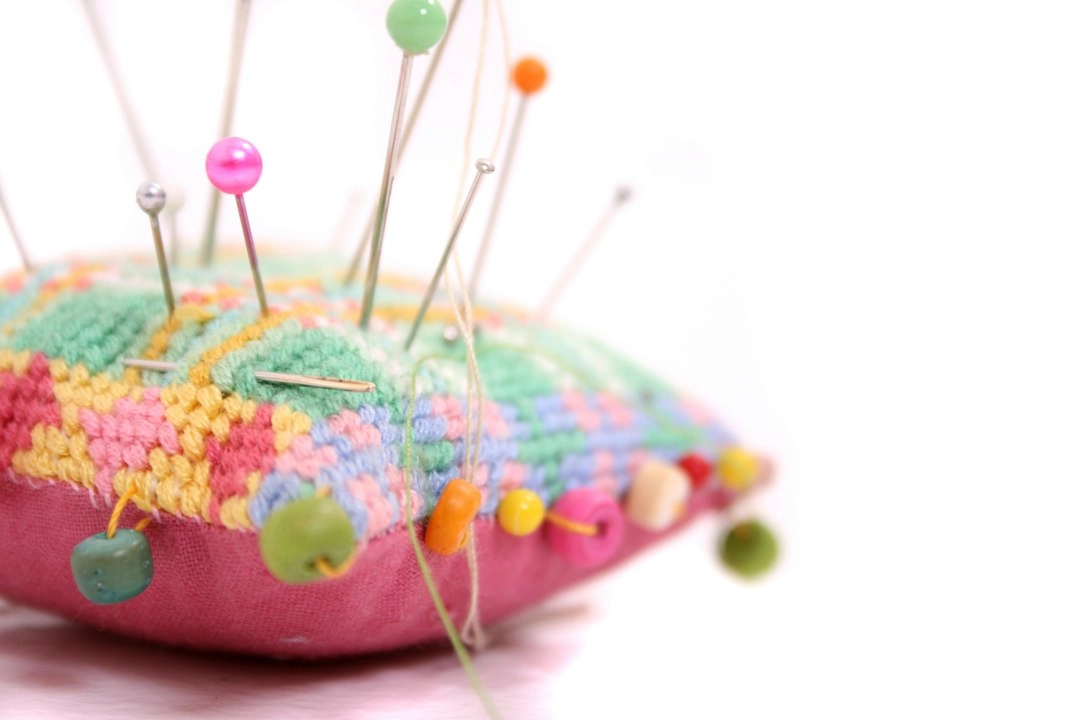
What is Eco-Friendly Preservation?
Eco-Friendly Preservation refers to the practice of sustaining traditional crafts in a way that minimizes environmental impact and promotes sustainability. It involves utilizing eco-friendly materials, methods, and techniques to conserve traditional craft forms and their associated cultural heritage.
Real-World Problems Associated with Eco-Friendly Preservation
The pursuit of sustainable traditional craft preservation is not without its challenges. Here are some real-world problems that need to be addressed:
1. Limited Availability of Eco-Friendly Materials
One of the major issues faced in eco-friendly preservation is the limited availability of environmentally sustainable materials. Many traditional crafts rely on resources that are now scarce or environmentally harmful, such as rare woods or toxic dyes. Finding suitable alternatives that are both sustainable and retain the authenticity of the craft can be a complex task.
2. Balancing Tradition with Innovation
Incorporating eco-friendly practices into traditional crafts often requires a delicate balance between preserving the traditional techniques and introducing innovative methods. It’s crucial to find solutions that respect the cultural heritage of the craft while addressing the environmental concerns. This can be a challenge in maintaining the integrity and authenticity of the craft while adapting it to more sustainable practices.
3. Economic Viability
Another significant challenge is ensuring the economic viability of eco-friendly preservation efforts. Traditional crafts are often undervalued in the modern market, and incorporating eco-friendly practices may lead to increased costs. Finding ways to educate consumers about the value of sustainable craftwork and creating market demand for such products is essential for the long-term success and sustainability of eco-friendly preservation.
4. Cultural and Artistic Preservation
Eco-friendly preservation should not only focus on the environmental aspect but also on the preservation of cultural and artistic values. It is necessary to ensure that the essence of traditional crafts, including their cultural symbolism and artistic expression, is not lost in the pursuit of sustainability. Striking a balance between environmental responsibility and cultural preservation is crucial to maintaining the integrity and authenticity of traditional crafts.
In conclusion, achieving eco-friendly preservation in traditional crafts requires addressing real-world problems such as limited availability of eco-friendly materials, finding the balance between tradition and innovation, ensuring economic viability, and preserving the cultural and artistic aspects of the craft. By tackling these challenges, we can work towards a greener future, where traditional crafts thrive in harmony with the environment.

Solutions for Eco-Friendly Preservation
Addressing the real-world problems associated with eco-friendly preservation requires finding practical solutions. Here are some ways to overcome these challenges:
1. Seeking Alternative Eco-Friendly Materials
Efforts should be made to identify and utilize alternative materials that are sustainable, readily available, and have a lower environmental impact. This may involve researching and sourcing eco-friendly substitutes for traditional resources, such as using recycled or responsibly sourced materials and natural dyes instead of toxic chemicals.
2. Integrating Sustainable Practices with Traditional Techniques
By incorporating sustainable practices without compromising the authenticity and cultural significance of traditional crafts, it is possible to strike a balance between tradition and innovation. This may involve training artisans in eco-friendly techniques, adapting traditional processes, and finding ways to combine age-old methods with modern sustainable approaches.
3. Creating Awareness and Demand
Educating consumers about the value and importance of eco-friendly preservation is vital. This can be done through raising awareness about the environmental impact of traditional craft practices, highlighting the benefits of sustainable products, and promoting the cultural and artistic value of these crafts. By creating demand for eco-friendly products, it becomes economically viable for artisans to adopt sustainable practices.
4. Balancing Environmental Responsibility and Cultural Preservation
Efforts should be made to ensure that eco-friendly preservation does not compromise the cultural and artistic elements of traditional crafts. This can be achieved by engaging with local communities, artisans, and cultural experts to ensure that sustainable practices are in harmony with the cultural context. Emphasizing the importance of preserving cultural heritage can help strike a balance between environmental responsibility and cultural preservation.
In conclusion, by seeking alternative eco-friendly materials, integrating sustainable practices, creating awareness and demand, and balancing environmental responsibility with cultural preservation, we can find effective solutions for eco-friendly preservation. These solutions pave the way for a greener future, where traditional crafts can thrive in a sustainable and culturally rich manner.















